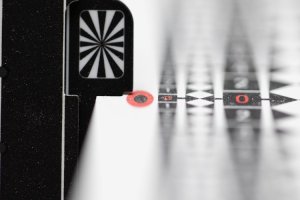I have to be honest I was intrigued as to what does actually happen at macro distances for dof, framing, perspective etc etc and the differences between crop cameras backed up and ff cameras at 1:1 in actual real life use. As anybody that has a passing interest in macro knows the dof calculators break down at close focusing distances, further, subject to sensor distances do not follow 'the rules' because the focal length of most macro lenses changes a lot at such short distances.
I used a 1DX II and a Canon 100mm L Macro for all the shots, for the 'crop' camera shots I very carefully measured and or cropped to get correct framing etc for the relevant comparison. I used 10x Live View manual focus, no IS, sturdy tripod, 1/200 second ambient (zero light in the exposure) and a single flash bounced off the ceiling in manual mode.
So, common wisdom, take a picture with a ff camera, move back 1.6 times and then use a crop camera, the dof should be 1.6 times the amount, the perspective will be different for three dimensional subjects but
the framing should be the same.
Here is a FF shot at 1:1, with the setup I have that is basically 300mm from sensor plane to plane of focus.
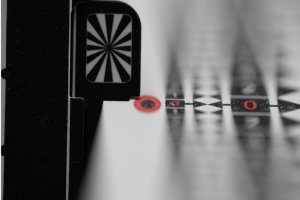
So the 'theory' is if I move to 300 x 1.6 = 480mm and use a crop camera (or crop a ff camera it is exactly the same) I should get identical framing. This is what I actually got
after the crop and enlargement.
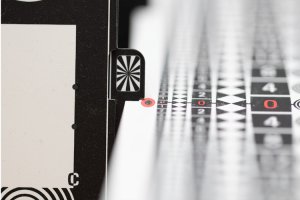
Framing and enlargement are nothing like the same!
So I then wondered how far do I have to move back to get the same framing? As I hadn't set up for that I changed my arrangement so I could very accurately measure the distance I moved the camera back.
Here is the second FF shot.
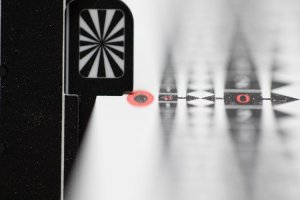
And here is the crop framed shot to get the same framing, I had to move the camera back only 51mm!
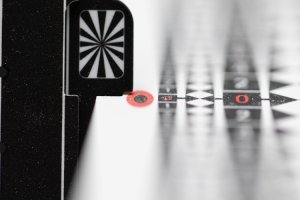
Here is the plane of focus from the FF camera at 100%
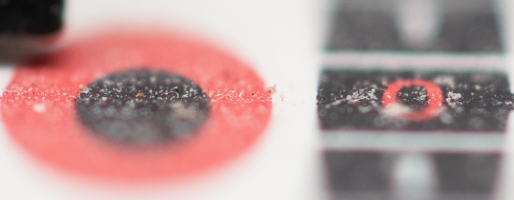
Here is the plane of focus from the 'crop' camera at the same magnification.
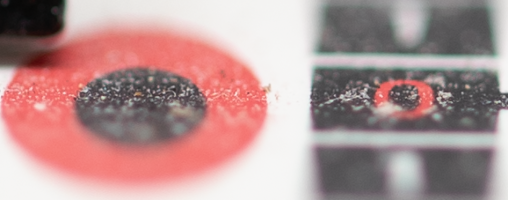
Personally I do not see a real world dof advantage in these images for the crop camera. I also now know that if I had a crop camera I'd only have 51mm of working distance advantage to get the same framing as the ff camera at 1:1, not the 160mm 'the rules' would imply I should have.







